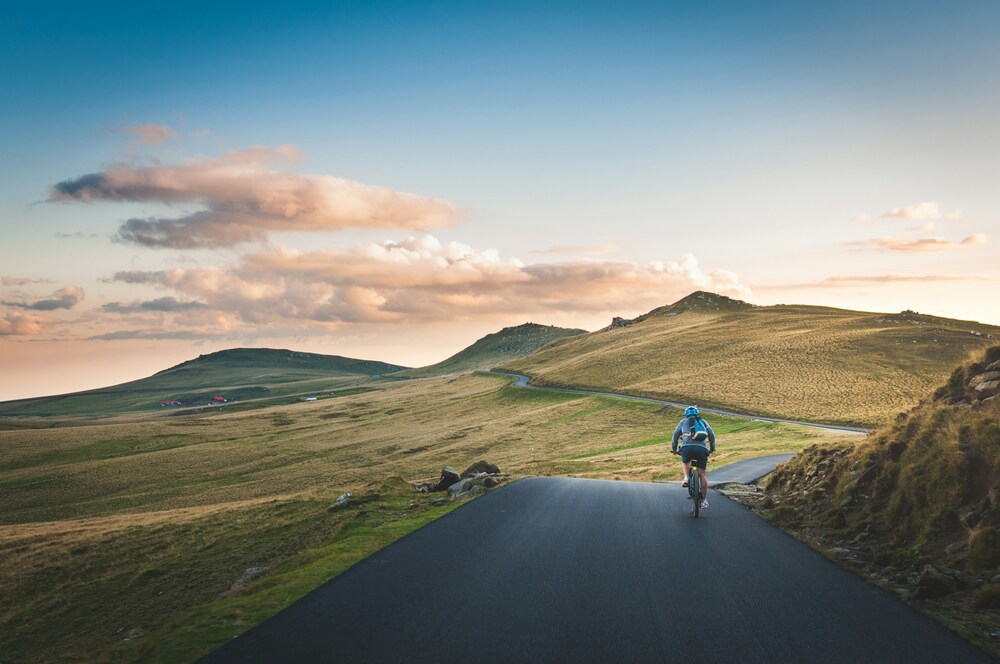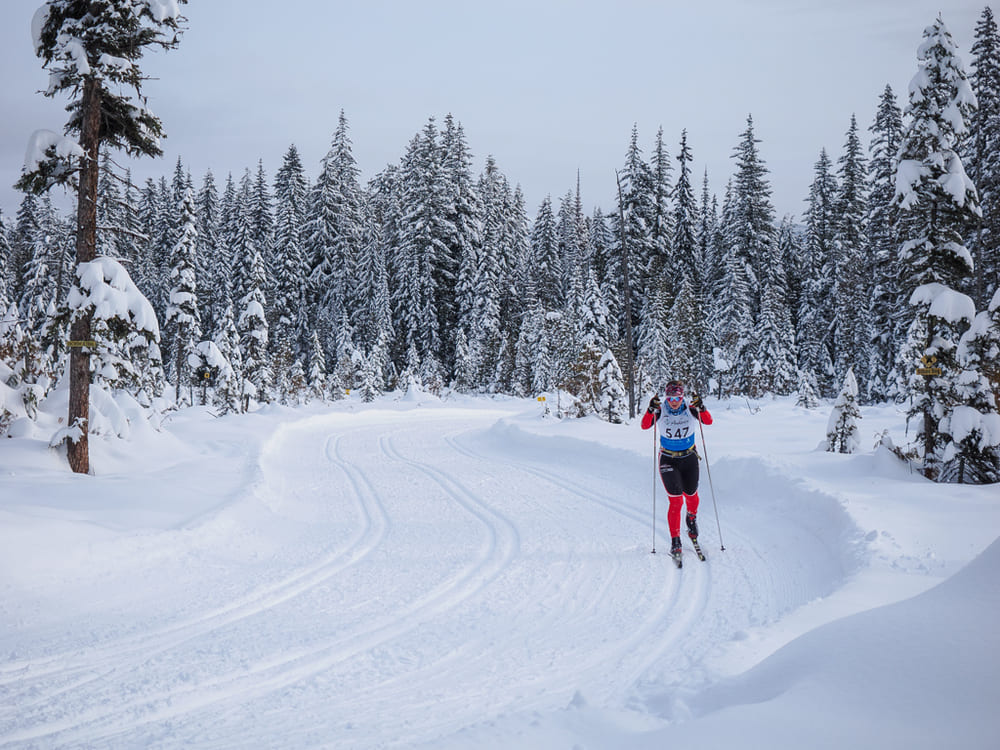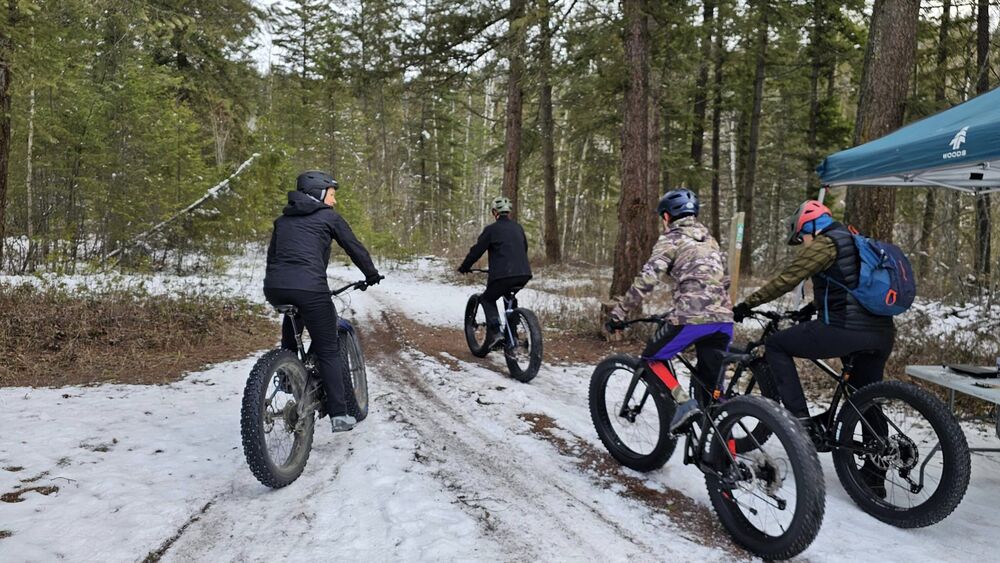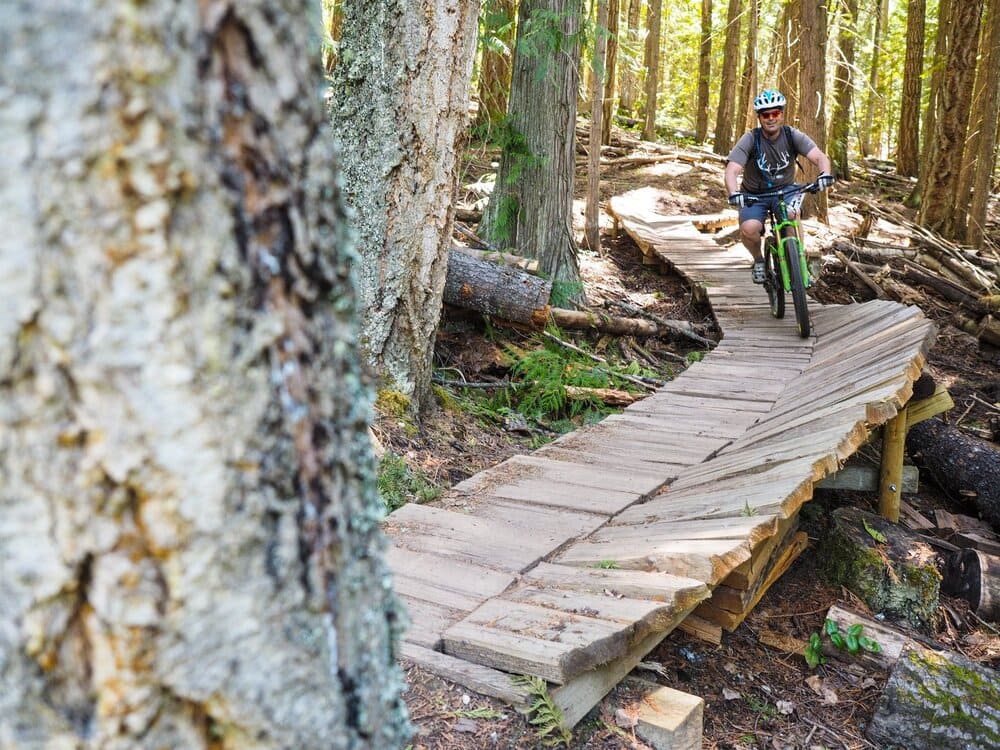Planning a multi-day cycling tour is an exciting and rewarding challenge. It combines the thrill of adventure with the satisfaction of achieving personal milestones. However, careful preparation is key to ensuring that the experience is enjoyable and safe. This guide will take you through the essential steps of planning an extended cycling trip, including route planning, packing essentials, and choosing accommodations.
Setting Your Goals and Expectations
Before you start planning your multi-day cycling tour, it’s important to establish what you want to achieve. Are you looking to cover a certain distance, or are you more focused on enjoying the scenery and culture along the way? Understanding your goals will help you make decisions about your route, pace, and daily mileage.
For instance, if your goal is to explore a particular region, you might prioritize routes that take you through scenic or culturally significant areas. On the other hand, if your main objective is to push your physical limits, you might opt for a route with more challenging terrain or longer daily distances. Knowing what you want out of the trip will also help you determine how many days you need to accomplish your goals without overexerting yourself.
Route Planning: Choosing the Right Path
Choosing the right route is arguably the most crucial part of planning a multi-day cycling tour. Your route will dictate not only the distance you will cover each day but also the type of terrain you will encounter, the availability of services, and the overall experience of your tour.
Start by researching possible routes in your chosen area. Look for detailed maps, guidebooks, and online resources that provide information on popular cycling routes. Consider factors such as road conditions, traffic levels, and the presence of bike lanes or dedicated cycling paths. It’s also important to assess the terrain; for example, a route with constant hills may be more challenging than a flatter, longer one.
Once you’ve identified potential routes, it’s time to map out your daily segments. Take into account your fitness level and the amount of time you have available. A good rule of thumb is to plan for daily distances that are comfortable but still challenging. Remember to factor in time for breaks, meals, and sightseeing.
Finally, consider the weather and time of year when planning your route. Certain regions may have seasonal weather conditions that could impact your ride. Be prepared to adjust your plans if necessary, and always have a backup route in case of unforeseen circumstances.
Packing Essentials for a Multi-Day Cycling Tour
Packing for a multi-day cycling tour requires a careful balance between bringing everything you need and keeping your load as light as possible. The key is to focus on essentials and avoid overpacking, as every extra pound will make the ride more difficult.
Start with the basics: your bike and repair kit. Make sure your bike is in top condition before setting off, with a focus on the tires, brakes, and gears. Bring along a repair kit that includes a spare tube, tire levers, a pump, and a multi-tool. Knowing how to fix a flat tire and make minor adjustments on the road is essential.
Next, consider your clothing. Pack lightweight, moisture-wicking clothes that are appropriate for the weather conditions you expect to encounter. Layering is key, especially in areas where temperatures can vary significantly throughout the day. Don’t forget to bring a rain jacket, as getting wet can quickly turn a pleasant ride into a miserable experience.
When it comes to personal items, prioritize compact and multifunctional gear. A small first aid kit, sunscreen, and basic toiletries are must-haves. For longer tours, a small camping stove and lightweight cookware might be necessary if you plan to prepare your own meals.
Your packing list should also include food and water. Plan to carry enough snacks to keep your energy levels up during the day, as well as a water bottle or hydration pack. Depending on your route, you may need to carry extra water or be prepared to refill at designated stops.
Accommodations: Where to Rest and Recharge
Choosing the right accommodations is another important aspect of planning a multi-day cycling tour. The type of accommodations you choose will depend on your budget, preferences, and the level of comfort you’re seeking.
For those who enjoy the great outdoors, camping is a popular option. It allows you to be flexible with your route and immerse yourself in nature. However, camping requires additional gear, such as a tent, sleeping bag, and cooking supplies, which will add to the weight you need to carry.
If you prefer a bit more comfort, consider staying in hostels, guesthouses, or bed and breakfasts along your route. These types of accommodations often cater to cyclists and may offer secure bike storage and other amenities. Booking in advance is recommended, especially during peak travel seasons, to ensure you have a place to rest at the end of each day.
For those seeking luxury or traveling through areas with fewer accommodation options, hotels or inns might be the best choice. These offer the most comfort and convenience but can be more expensive and may require more advanced planning to ensure availability.
Regardless of the type of accommodations you choose, it’s important to plan your stops in advance. Knowing where you’ll sleep each night will give you peace of mind and allow you to focus on enjoying the ride.
Staying Safe and Healthy on the Road
Safety and health are paramount during a multi-day cycling tour. To stay safe, always wear a helmet and use lights and reflectors, especially if you’re riding in low-light conditions. Obey all traffic laws and be aware of your surroundings, particularly when cycling in unfamiliar areas.
In terms of health, proper nutrition and hydration are crucial. Make sure to eat balanced meals and carry enough snacks to sustain your energy levels throughout the day. Hydration is equally important, so drink plenty of water and replenish electrolytes as needed.
It’s also important to listen to your body. Cycling day after day can be physically demanding, and it’s essential to recognize the signs of fatigue and take rest days when necessary. Stretching before and after rides can help prevent injuries, and a good night’s sleep is vital for recovery.
Finally, be prepared for emergencies. Carry a basic first aid kit and know how to use it. Make sure you have a way to communicate with others, whether it’s a fully charged phone or a small two-way radio. Having a plan in place for how to get help in case of an emergency can provide peace of mind and ensure that you’re ready for anything.
Conclusion
Planning a multi-day cycling tour is a rewarding process that requires careful consideration of your goals, route, packing, accommodations, and safety. By taking the time to plan thoroughly, you can ensure that your tour is not only enjoyable but also safe and memorable. Whether you’re cycling through scenic countryside, challenging mountain passes, or exploring new regions, the sense of accomplishment you’ll feel at the end of your journey will be well worth the effort.




